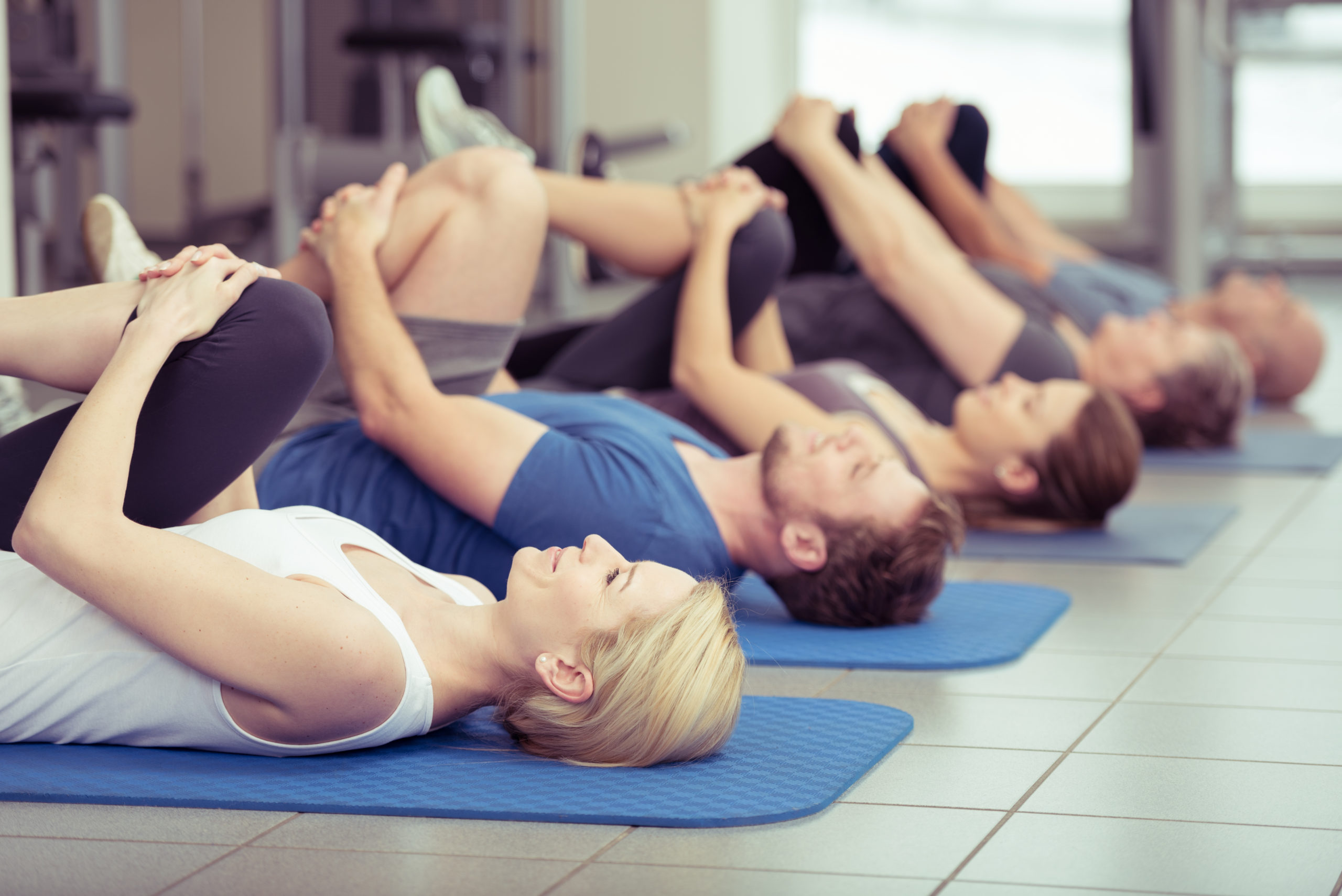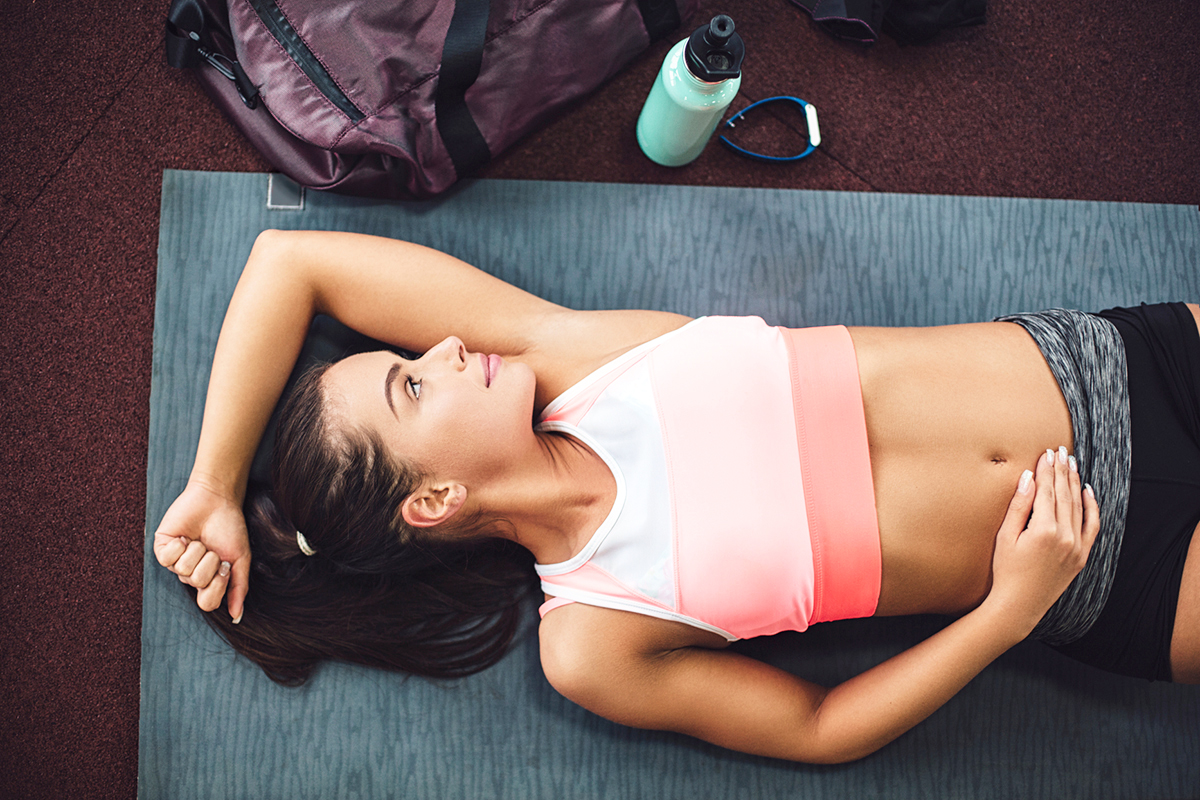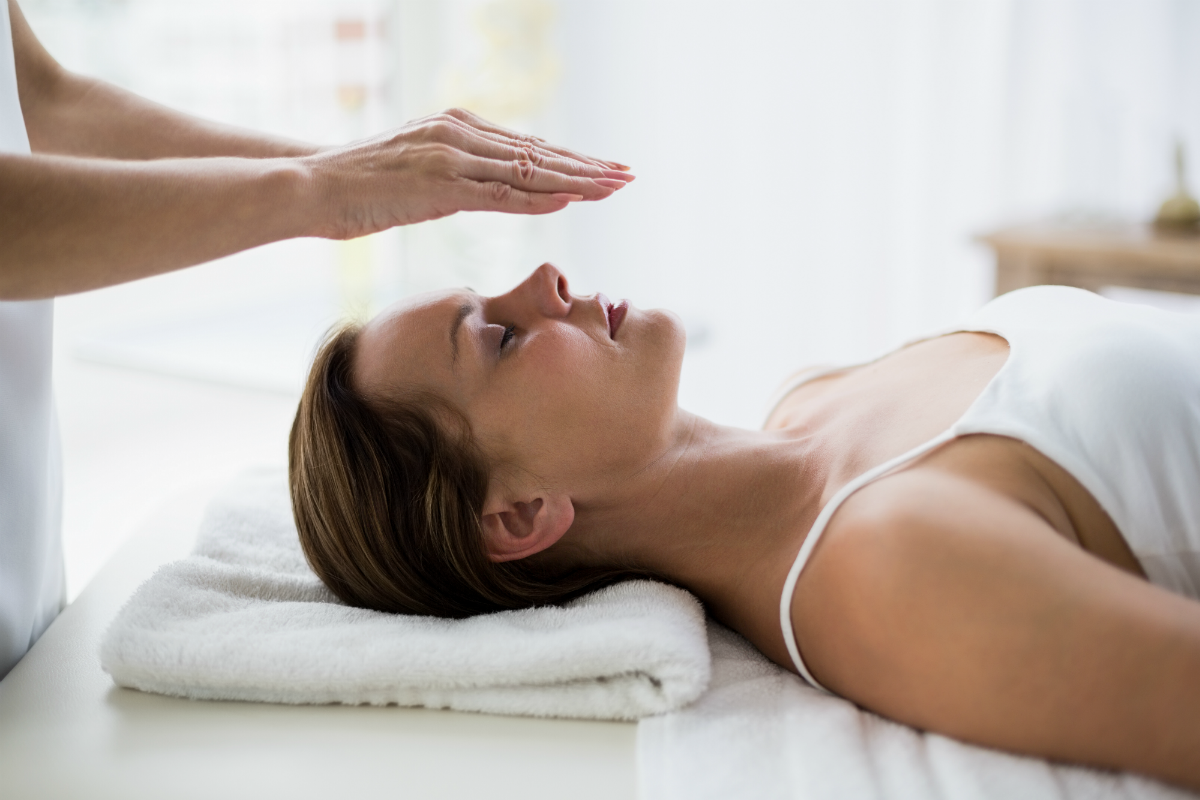From vinyasa to hatha, there are many different types of yoga suited for different goals. Today we will cover the eight different types of yoga and their individual benefits. Read on for information on yoga and learn which one is right for you!
When we say “yoga” you may picture a bunch of different poses in a hot room with tranquil music in the background. While you’re not wrong to imagine this setup, there is much more to yoga – and many different types of yoga – that you might not know about! And our favorite fact: while widely known for it’s stretching and stress relieving properties, yoga can also provide a killer workout!
The most popular types of yoga
There are many, many styles of yoga. But the eight most popular and well known types of yoga are:
- Kundalini yoga
- Vinyasa yoga
- Yin yoga
- Hatha yoga
- Hot yoga
- Power yoga
- Ashtanga yoga
- Restorative yoga
Western civilization popularized yoga as a form of exercise, focused on increasing stretching, flexibility and total body strength. There are eight commonly performed versions of yoga: Kundalini, Vinyasa, Yin, Hatha, Power, Ashtanga, Restorative and hot yoga. Each serves a specific purpose and can feel different for your body and soul.
A short history of yoga
Before we dive into the different types of basic yoga, we’ll cover a brief history of yoga. Yoga has been around for thousands of years and most major historical institutions believe that yoga originated in around 3000 BCE.
The word “yoga” encompases much more than stretching, yoga was originally created as a spiritual practice that included working toward a certain state of being. This practice originally included eight parts: social ethics, personal ethics, postures (the poses you hold during yoga practice), life force, turning the sense inwards, one-pointed focus, meditation and merging with the self.
These tenants are still incorporated in modern yoga, though most yoga practices will combine the thoughtful properties of the practice with exercise, and yoga instructors will help to guide you through these meditations as you move and stretch your body.
Kundalini yoga
Kundalini yoga is a physical and spiritual practice that includes chanting, singing, meditation and poses. The goal of Kundalini yoga is to turn on your Kundalini energy (also known as shakti), a powerful force that can reduce stress, release trauma and increase healing.
Vinyasa yoga
Vinyasa yoga pairs poses with breath, calming the mind and nervous system. Vinyasa yoga is very popular and is what most people commonly think of when you reference yoga. Vinyasa includes a series of poses that you transition between quickly and smoothly in a specific breathing rhythm.
Hatha yoga
Hatha yoga is a more gentle practice. Hatha includes asana (poses), pranayama (breathing exercises) and meditation. Similar to Vinyasa, Hatha is very common and popular. It typically includes meditation and can be a very relaxing practice to build into your weekly routine.
Yin yoga
Yin yoga is a slower practice rooted in martial arts and traditional Chinese medicine that asks you to hold poses for five minutes or more. The holding of these poses leads to deep stretches that increase your overall flexibility.
Hot yoga
Hot yoga is any kind of yoga done in a room hotter than 100 degrees Fahrenheit. Hot yoga helps increase flexibility and has a deep focus on breathing. Many people think of Bikram when they think of hot yoga, but there are many different styles of hot yoga classes! Hot yoga rooms are also traditionally steamy, leading to increased sweating. Make sure you hydrate well before and after class!
Power yoga
Power yoga is an active, fast-moving practice. Power yoga strengthens muscles while increasing flexibility. Power yoga is similar to Vinyasa, but sped up. It is a very energetic style of yoga that can lead to a great workout!
Ashtanga yoga
Ashtanga yoga focuses on mastering specific poses. Students must master six series of specific poses in this physical yet spiritual practice. This \energetic form of yoga incorporates specific breathing techniques.
Restorative yoga
Restorative yoga is the perfect “rest day” practice. You’ll hold gentle poses for several minutes at a time with the goal of stretching and increasing overall flexibility. Naps? Totally acceptable.






Hi Megan,
Nice post covering 8 types of Yoga. I hope you will add a short video clip of every Yoga. It will help us to know “How to do this?”
Regular yoga practice may reduce levels of stress and body-wide inflammation, contributing to healthier hearts. Several of the factors contributing to heart disease, including high blood pressure and excess weight, can also be addressed through yoga.
Keep sharing!!